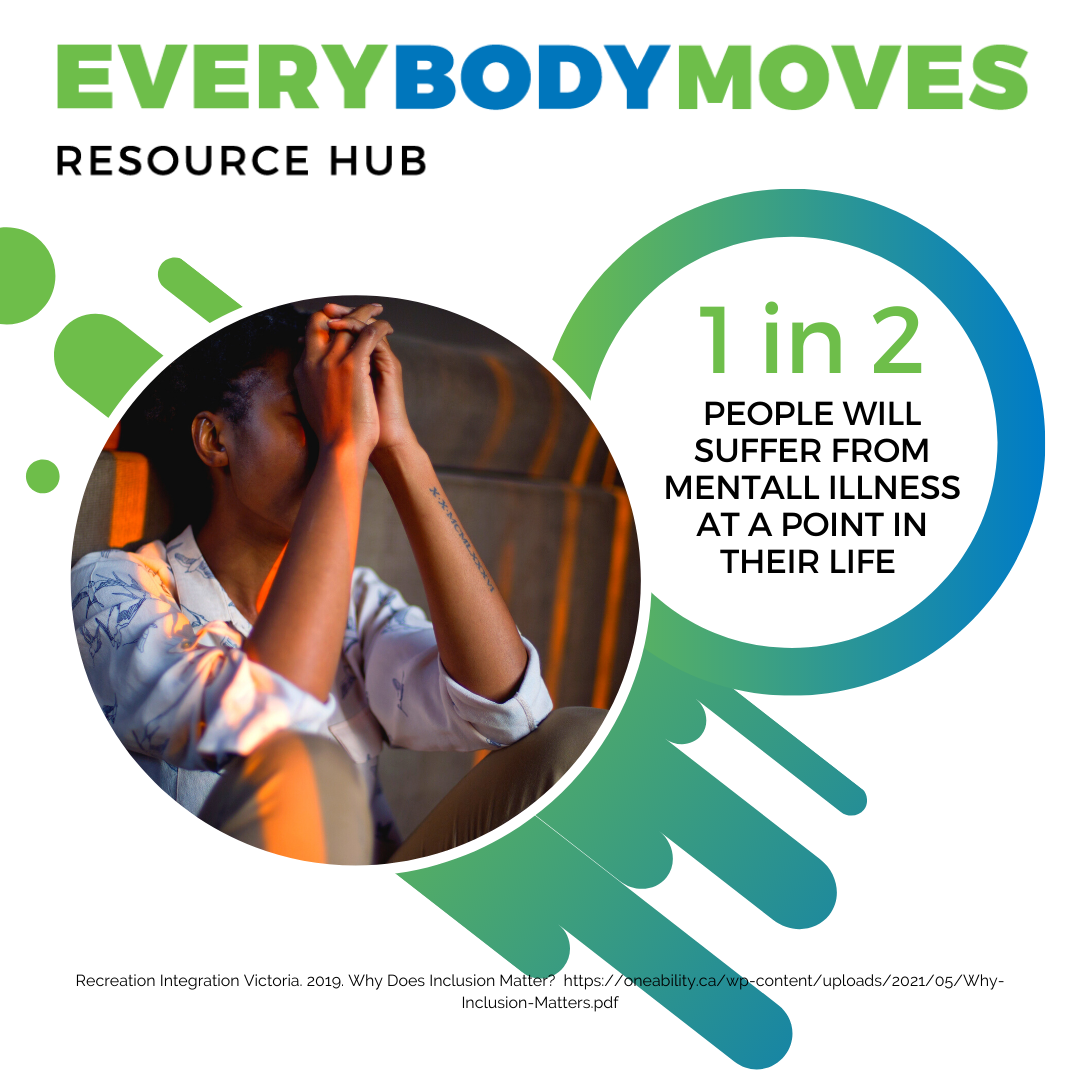
When we take care of our bodies, we take care of our minds. This intersection highlights why it’s so important to create equitable opportunities in sport and recreation spaces: because physical activity enhances physical, mental, and emotional health.
As the days get longer and warmer, and COVID-19 restrictions continue to ease, there are more chances for us to get out and get moving. There are also more chances for sport and recreation leaders to encourage people to participate in physical activity programs.
This Mental Health Week, the Physical Activity for Health Collaborative invites sport leaders, coaches, educators, and recreation leaders to utilize the EverybodyMoves Resource Hub. The Hub offers a collection of resources to help leaders and decision-makers create equitable, safe, and accessible sport facilities and spaces for people of all ages, abilities, and backgrounds. When physical activity is accessible and inclusive, mental well-being becomes more balanced for everyone.
Physical health and mental health are very closely related, with research showing that physical activity helps relieve stress. Moving and exercising helps the body release endorphins and other chemicals that help reduce the feeling of pain and boosts mood.
When we encourage movement, we encourage mental wellness. When we encourage mental wellness, we encourage healthy living on a holistic level for everyone.
Featured Resources
We Belong: A How-To Guide aims to provide recreational leaders, coaches, educators and facilitators practical tools to help newcomer youth feel welcomed and included in physical activity settings. Developed by PHE Canada.
Good Practices for Creating Gender-Equitable Boards in Sport
Canadian Women & Sport (formerly The Canadian Association for the Advancement of Women in Sport and Physical Activity -CAAWS), supports and champions Sport Canada’s objective of achieving gender equity in sport at all levels by 2035. CAAWS believes it begins at the top: ensuring gender-equitable boards of directors. This resource provides sport leaders with information including a checklist and tips on how to create gender-equitable boards.
PlanH provides a guide to support local governments as they build healthy communities throughout the province. Social connectedness makes people feel included and like they belong, which in turn encourages them to keep participating in recreation, sports, as well as other community activities that make them active and healthy.
Inclusive Physical Literacy Webinar
This webinar delivered by Andrea Carey of OneAbility introduced the concept of inclusive Physical Literacy, including how to offer inclusive programming and how to plan intentionally for inclusive programming and how to provide a supportive and welcoming environment for a person with a disability.
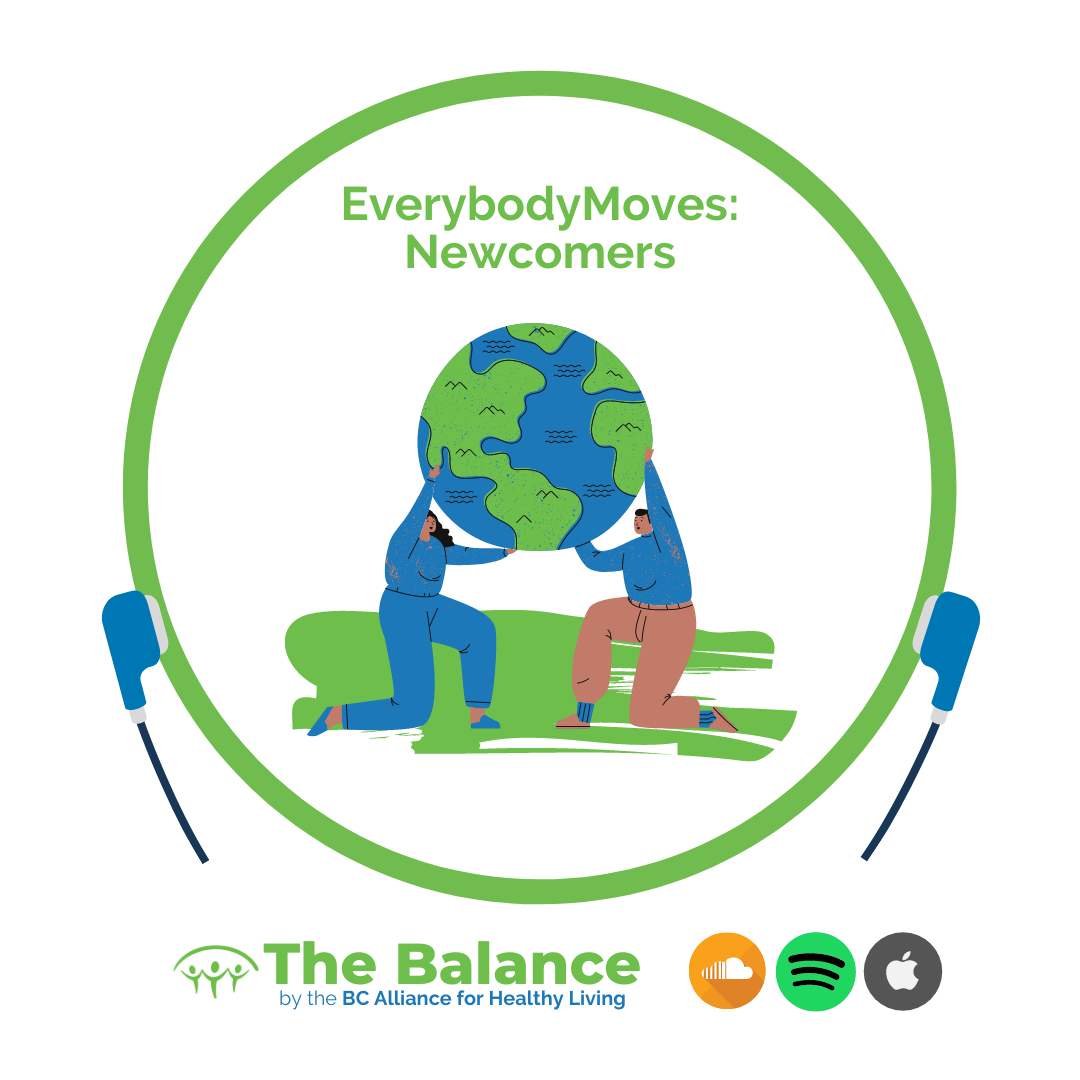
What barriers do newcomers face to being physically active? What can we do to overcome those barriers at a program and policy level and personally? Lizeth Escobedo, Manager of Adult Learning & Immigrant Services for the YMCA of Greater Vancouver, answers those questions while sharing her personal experiences immigrating to Canada.
Listen on SoundCloud, Spotify, and iTunes.
Show Notes:
The Balance is recorded and produced by BCAHL’s Communications Manager on the traditional, unceded territories of the xʷməθkʷəy̓əm (Musqueam), Skwxwú7mesh (Squamish) and səl̓ilwətaʔɬ (Tsleil-Waututh) Nations.
Episode Links:
- YMCA Facebook
- YMCA Instagram
- YMCA Twitter
- YMCA LinkedIn
- YMCA Newsletter
- YMCA Virtual Workouts
- YMCA’s email for our new immigrant programs is connections@gv.ymca.ca
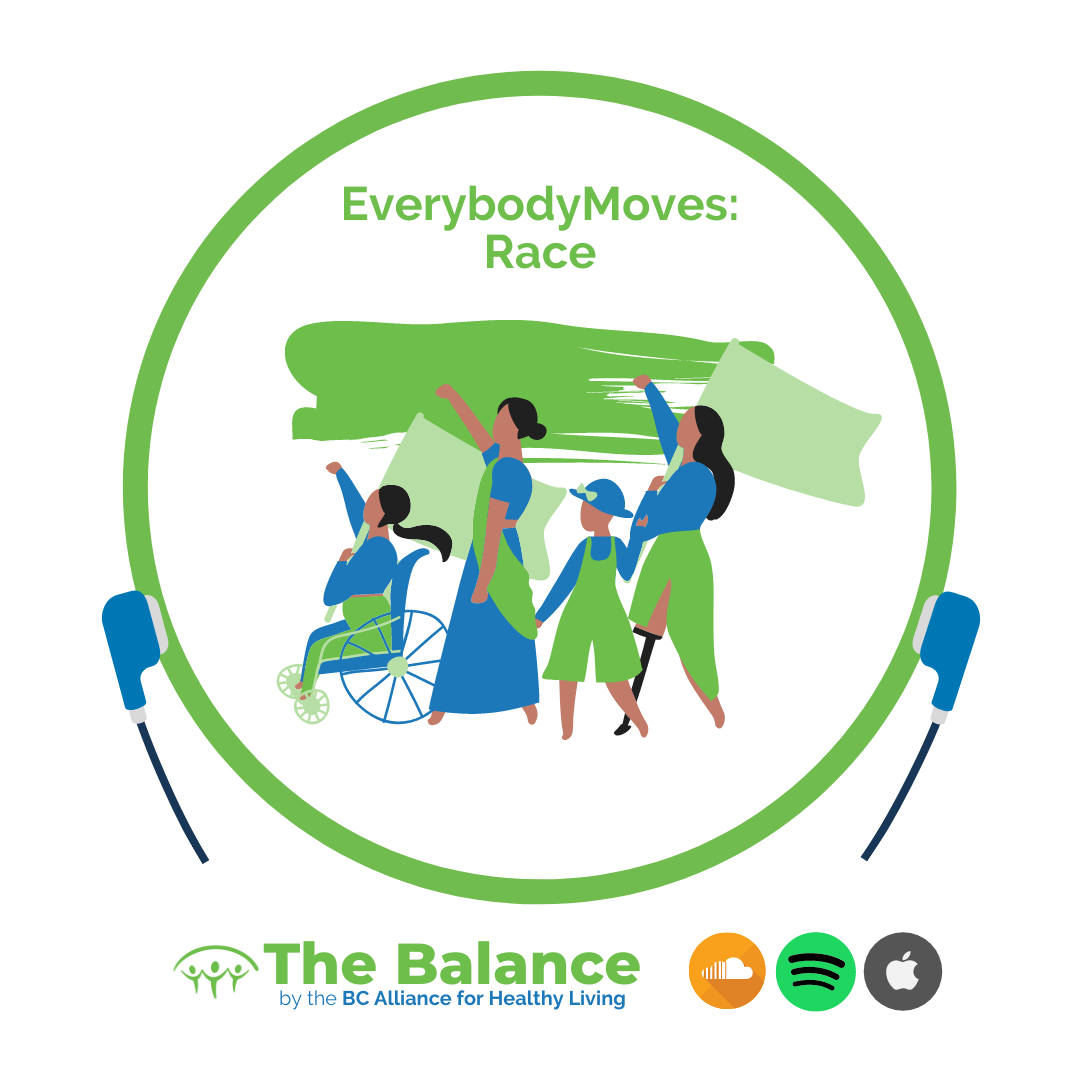
“Racism looks different for different communities.” In this Episode, we talked to the Sume Ndumbe-Eyoh, Senior Knowledge Translation Specialist at the National Collaborating Centre for Determinants of Health (NCCDH), where she discusses intersectional racial barriers within physical activity and health.
Listen on SoundCloud, Spotify, and iTunes.
Show Notes:
This episode was recorded through Zoom before the COVID19 Pandemic.
The podcast theme song is Sneaky Business by Biz Baz Studio.
The Balance is recorded and produced by BCAHL’s Communications Manager on the traditional, unceded territories of the xʷməθkʷəy̓əm (Musqueam), Skwxwú7mesh (Squamish) and səl̓ilwətaʔɬ (Tsleil-Waututh) Nations.
Episode Links:
- Dr. Janet Smylie’s work at Well Living House and St. Michael’s Hospital
- Dr. Annette Brown’s work at UBC
- NCCDH Webinar: Governance and Decision-Making for Health Equity
- NCCDH Webinar: Health and Proximity to Local Resources
- NCCDH Webinar: “Racing” the Social Determinants of Health and Health Equity (Part 1 of 2)
- NCCDH’s Let’s Talk Series
- Sara Ahmed’s Book: On Being Included: Racism and Diversity in Institutional Life
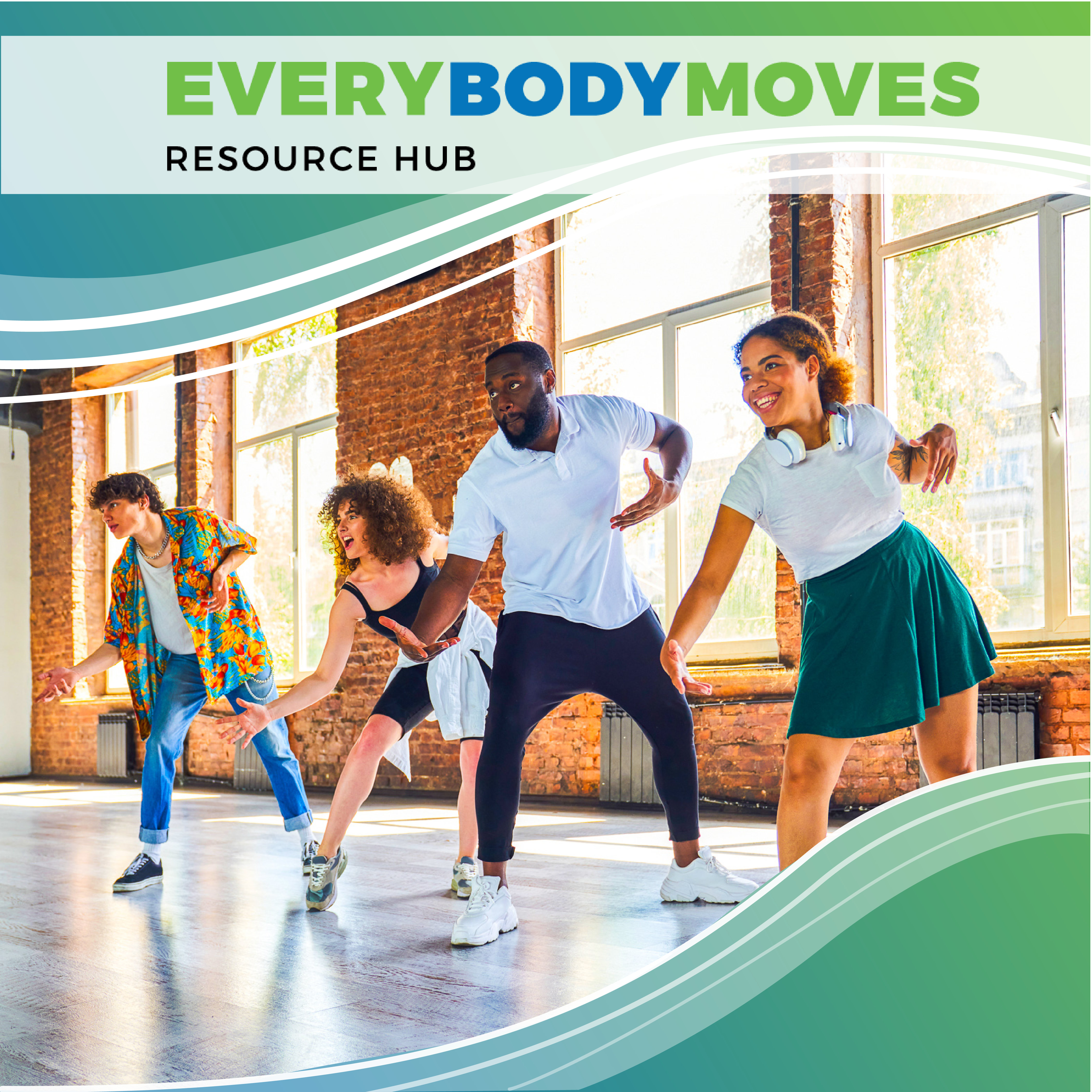
Celeste Sánchez has been running the fitness programs at a local community centre for years, but has difficulty attracting Indigenous youths to the classes. Her goal is to make the space as welcoming and inclusive as possible, but she notices that the Indigenous kids in her neighborhood hardly enter the building, let alone the fitness classes. Celeste is willing to modify the space and classes to make it more welcoming, but needs more information on how to best do this.
Experiences of racism have negative impacts on the health outcomes of people who are racialized, including Indigenous peoples, newcomers to Canada, and Black Canadians. Racial discrimination can negatively impact employment opportunities, housing and education, which in turn can lead to worse health outcomes.
For instance, the prevalence of diabetes among Black Canadian adults is over two times the rate among White Canadians. Smoking rates are twice as high among First Nations, Métis and Inuit people compared to the non-Indigenous population. Lastly, newcomers to Canada are twice as likely to have difficulties in accessing immediate care compared to people born in Canada.
We need to have systems in place to dismantle racism and discrimination on a societal and individual level to ensure equitable opportunities and health outcomes for everybody.
As public health and physical activity leaders, some of the ways we can strengthen equity include:
- Ensuring Indigenous peoples, people who are racialized and newcomers are represented in leadership and decision-making roles, feel safe within the organization, and are represented in communications materials through various forms of media (written, photography, video, audio).
- Creating and maintaining strong partnerships with organizations focused on BIPOC and newcomer equity.
- Training staff members in cultural awareness and sensitivity to the lived experiences of newcomers, Indigenous and racialized people.
For organizations that are looking for ways to make physical activity more accessible and inclusive, the EverybodyMoves Resource Hub has a strong foundation of toolkits, reports, and guidelines focused on BIPOC and newcomers.
Indigenous peoples and people who are racialized want and deserve equitable opportunities and better health outcomes. We need to continue working together to ensure this happens.
After attending BC Recreation and Parks Association’s Aboriginal Cultural Relations Module, Celeste re-examined her current fitness programs and approached the community centre’s director in hopes to initiate and maintain a solid relationship with the Indigenous community. Celeste wants to add programs specifically built for the Indigenous youths, but she knows she needs their knowledge and expertise, and wants to provide long-lasting opportunities for them to work alongside her.
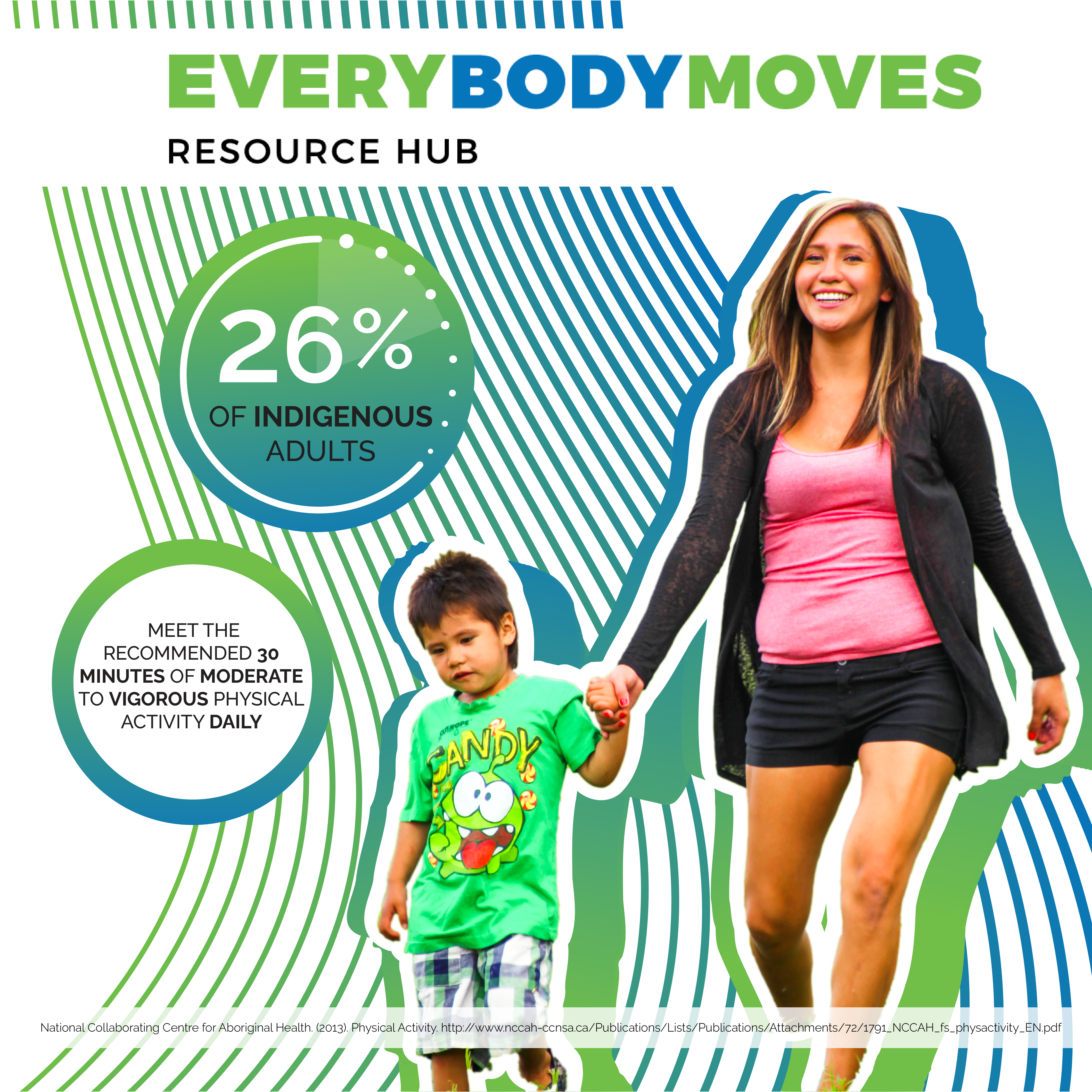
Resources
EverybodyMoves has resources specifically focused on BIPOC and newcomers. Look through the resources below, or check out the hub for even more! If you see a resource missing, submit it here. We want the Hub to house as many resources on inclusive and accessible physical activity as possible!
The I·SPARC FitNation Home Workout Series consists of 8 home workouts designed for Indigenous participants of all ages and abilities. Throw on your workout gear, grab a water bottle, find a safe, open space, and follow along to our YouTube videos! Choose from chair workouts (great for elders!), introductory workouts for beginners or if you are ready for the challenge, intermediate and advanced workouts! Go at your own pace and do the best you can!
Aboriginal Cultural Relations Module
BC Recreation and Parks Association (BCRPA) offers this free course to recreation leaders on how to incorporate awareness and cultural respect into their programming to ensure indigenous people experience a sport and recreation environment that is inclusive and safe. In order to take this course, sign up for a free account with BCRPA here.
Let’s Talk: Racism and Health Equity
Racism is a root cause of health and social inequities experienced by Indigenous and Racialized People in Canada. This resource by the National Collaborating Centre for Determinants of Health provides discussion questions for individual and organizational reflection and tips for anti-racist approaches and practices.
Equity and Inclusion Lens Snapshot: Racialized People
This Snapshot created by the City for All Women Initiative was used to inform the work developed and implemented in their Equity and Inclusion Lens Handbook. It is one of 11 Diversity Snapshots.
